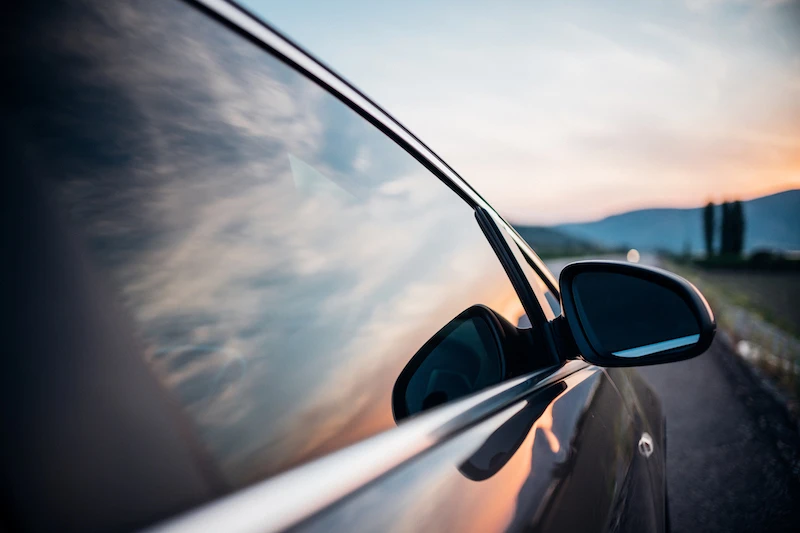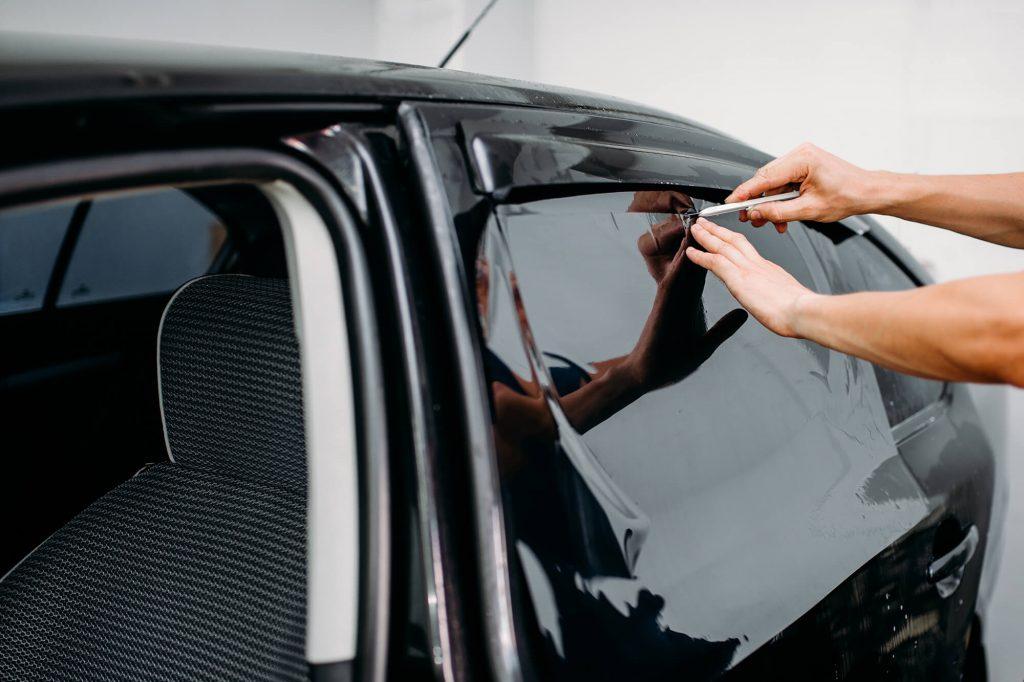The Refine of Picking the Right window tinting Film for Your Requirements
The Refine of Picking the Right window tinting Film for Your Requirements
Blog Article
Discovering the Different Types of Home Window Color for Cars and Their Benefits

Colored Window Color
Dyed window color is a preferred choice amongst cars and truck owners seeking to improve personal privacy and decrease glare while maintaining a fashionable appearance. This type of tint is developed by including color into the sticky layer, which is then used to the home windows of the lorry. The main appeal of dyed window color depends on its ability to offer a cosmetically pleasing look without giving up functionality.
One of the most substantial benefits of colored home window color is its capability to block damaging UV rays, assisting to secure both passengers and the car's inside from sunlight damage. In addition, this tint properly minimizes glare, contributing to an extra comfy driving experience, especially throughout intense daytime conditions. The growing of window shade also includes a layer of personal privacy, making it a lot more difficult for outsiders to see inside the car.
Nonetheless, it is necessary to note that while colored window color supplies many benefits, it might not give as much heat rejection as other sorts of tints. Its longevity can be affected by exposure to extended sunshine, possibly leading to fading over time. In general, colored home window color continues to be a popular choice for those prioritizing appearances and basic sun defense.
Metalized Window Color
Metalized window color stands for an innovative option for automobile proprietors wanting to improve both performance and aesthetic appeals. This kind of color includes little metallic fragments that reflect sunlight, offering a variety of benefits that appeal to several vehicle owners. One of the primary advantages of metalized home window tint is its exceptional warmth rejection capacities, which can substantially decrease the interior temperature level of an automobile. This not only boosts convenience for guests but also minimizes the tons on the lorry's air conditioning system, potentially boosting gas effectiveness.
Furthermore, metalized tints supply raised longevity contrasted to dyed films, making them resistant to fading and damaging. This durability makes sure that the tint maintains its efficiency and appearance over time, giving long-term value.
In addition, metalized window tint can boost privacy and safety and security by making it harder for outsiders to see inside the car. The reflective quality of the color can also hinder possible theft, as prized possessions are less visible (window tinting). While it might interfere with some digital signals, such as general practitioner or mobile phone function, the overall advantages make metalized window tint a compelling option for several auto proprietors
Ceramic Window Color
Supplying advanced technology and unrivaled efficiency, ceramic home window color has actually arised as a leading selection for discerning car proprietors. This cutting-edge movie is made up of advanced ceramic particles that supply substantial warm being rejected while maintaining clearness and exposure. Unlike traditional tints, ceramic home window color does not count on metal or dye, which can conflict with electronic signals from devices such as general practitioner and mobile phone.
One of the standout advantages of ceramic window color is its exceptional UV defense. It obstructs up to 99% of hazardous ultraviolet rays, thus securing both the lorry's inside and its residents from sun damage. Additionally, this sort of color enhances privacy without jeopardizing exposure, making it a useful option for everyday chauffeurs and luxury lorries alike.
Ceramic window tint also boasts toughness; it is resistant to fading and damaging, guaranteeing lasting efficiency. Additionally, its non-reflective nature suggests it does not trigger glare, adding to more secure motoring problems. For those seeking a costs color service that incorporates aesthetics with performance, ceramic window color attracts attention as a superior option, supplying improved convenience and security when traveling
Carbon Home Window Tint
When it involves window tinting choices, carbon window tint has actually gotten popularity for its mix of performance and price. This sort of color is composed of carbon particles, which supply a distinct matte finish that enhances the aesthetic charm of lorries. One of the main benefits of carbon window tint is its capacity to block a considerable quantity of damaging UV rays, shielding both the lorry's inside and its residents from skin damages and fading.
In addition, carbon window color supplies outstanding warmth rejection properties, lowering the need for extreme a/c and enhancing gas efficiency. Unlike dyed tints, carbon colors do not discolor over time, maintaining their efficiency and look for several years. This sturdiness makes them a functional choice for automobile proprietors seeking long-term value.
Moreover, carbon window tint is non-metalized, which implies it does not interfere with electronic signals, making it appropriate for cars furnished with GPS, Bluetooth, and various other wireless technologies. The equilibrium of cost, performance, and aesthetic appeal has actually developed carbon home window color as a preferred choice for many vehicle proprietors. Eventually, it works as a reputable service for discover this those looking to boost comfort while making certain design.
Factory Color
Manufacturing facility color, additionally called OEM color, describes the tinting that is related to vehicle home windows during the production procedure. This type of color is normally integrated into the glass itself, supplying an uniform look and constant levels of shading throughout all home windows. The main purpose of factory color is to minimize glow and boost traveler convenience while offering a level of UV protection.

While manufacturing facility tint offers fundamental advantages, it may not provide the exact same level of warmth being rejected or privacy as higher-grade aftermarket colors. Automobile owners looking for enhanced performance might think about extra tinting alternatives, while still appreciating the aesthetic charm and functionality manufacturing facility tint provides.
Conclusion

However, it is vital to note that while colored window tint provides many benefits, it may not provide as much warm denial as other kinds of tints. For those looking for a costs tint option that combines visual appeals with performance, ceramic home window color stands out as a premium option, supplying boosted convenience and defense on the road.
When it comes to window tinting alternatives, carbon window color has obtained popularity for its mix of performance this hyperlink and price.Factory color, additionally understood as OEM tint, refers to the tinting that is used to car windows during the manufacturing procedure. The specific degree of color can vary depending on the vehicle producer and design, with some cars including more considerable tint on rear home windows than on front home windows.
Report this page